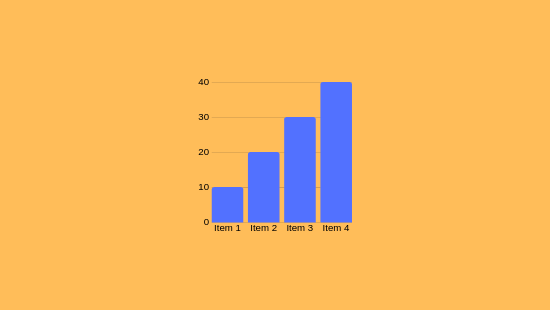
As you explore forex measurements, you'll discover they are computational techniques analyzing price and volume data to forecast market movements. These instruments assist in identifying market patterns, validating signals, and detecting overbought or oversold scenarios. For example, the RSI tracks market force, while Bollinger indicators assess volatility. Enhancing your trade techniques by integrating these metrics is crucial, especially if you aim to control risks adeptly.
Grasping the Core of Forex Indicators
Forex indicators are computational devices embedded in graphs to assist traders in scrutinizing market dynamics and making informed decisions. They provide perspectives into price movements and market possibilities by processing historical and real-time data.
Forex indicators are divided into four main types: trend indicators (e.g., Moving Averages), momentum indicators (e.g., Relative Strength Index), volatility indicators (e.g., Bollinger Bands), and volume indicators.
These tools can signal reversals, confirm trends, or highlight overbought/oversold climates. If you're looking to enhance your methodologies, understanding these indicators is vital.
Categories of Forex Analytical Instruments
Upon evaluating market trends, investors often deploy a variety of indicators to aid in decision-making.
Forex tools are categorized into different classifications, each serving specific purposes.
Trend Indicators like Moving Averages (MA) and Bollinger Bands assist in detecting trends and potential breakouts.
Momentum Indicators, such as the Moving Average Convergence/Divergence (MACD) and Relative Strength Index (RSI), identify momentum changes and indicate excessive buying/selling.
Volatility Indicators like the Average True Range (ATR) measure fluctuations, assisting investors in setting stop-loss thresholds.
If used strategically, these tools can enhance trade outcomes.
Essential Instruments for Trading Choices
To effectively make trading decisions, understanding and applying key measures that evaluate market states is essential.
Moving Averages display average prices over determined timeframes, unveiling tendencies by smoothing fluctuations.
The Relative Strength Index gauges market force on a 0–100 scale, indicating excess buy above 70 and highlighting excessive sell here below 30.
Moving Average Convergence Divergence analyzes two EMAs to confirm the trend direction, with histograms displaying positive or negative trajectories.
Bollinger Bands utilize variability measures around a moving average to determine volatility and potential reversals.
Retracement intervals denote support/resistance zones based on prior price movements.
Combining these measures boosts accuracy by authenticating prompts if aligned, enabling exact timing for currency pairs.
Employing Indicators in Risk Oversight
As you fine-tune investment methods, effectively applying indicators for risk management is essential. Tools like Moving Averages and Bollinger Bands notice volatility and spot viable trade junctures for risk oversight.
These tools allow for exact stop-loss orders and limit orders, critical for modulating potential losses.
For example, using trade protections restricts your loss to a certain amount, such as 2% of your trading portfolio per trade. This measured strategy aids in managing forex risks by curtailing exposure to market volatility and leverage, which are significant challenges in currency trading.
Combining Indicators for Enhanced Accuracy
Combining indicators is a sophisticated strategy for elevating accuracy in forex trading. This method enables for the use of diverse instruments to evaluate several facets of market behavior, including trends, drive, and volatility.
By utilizing indicators like Moving Averages, RSI, and MACD, you can formulate formidable trading strategies. For example, pairing Moving Averages with RSI and Volume validates trend direction and momentum, while Bollinger Bands with Stochastic discovers volatile scenarios and possible reversals.
If indicators from separate categories align, duplications are minimized, and investment prompts are intensified.
Conclusion
You've understood how forex indicators operate, covering their diversities like trend, momentum, and volatility tools. These instruments aid in uncovering pivots and confirming trend continuity. By integrating indicators, investment accuracy is enhanced, and risk management is better managed. For instance, using the Relative Strength Index (RSI) to spot overbought conditions and Bollinger Bands to analyze fluctuation can refine your trade choices.